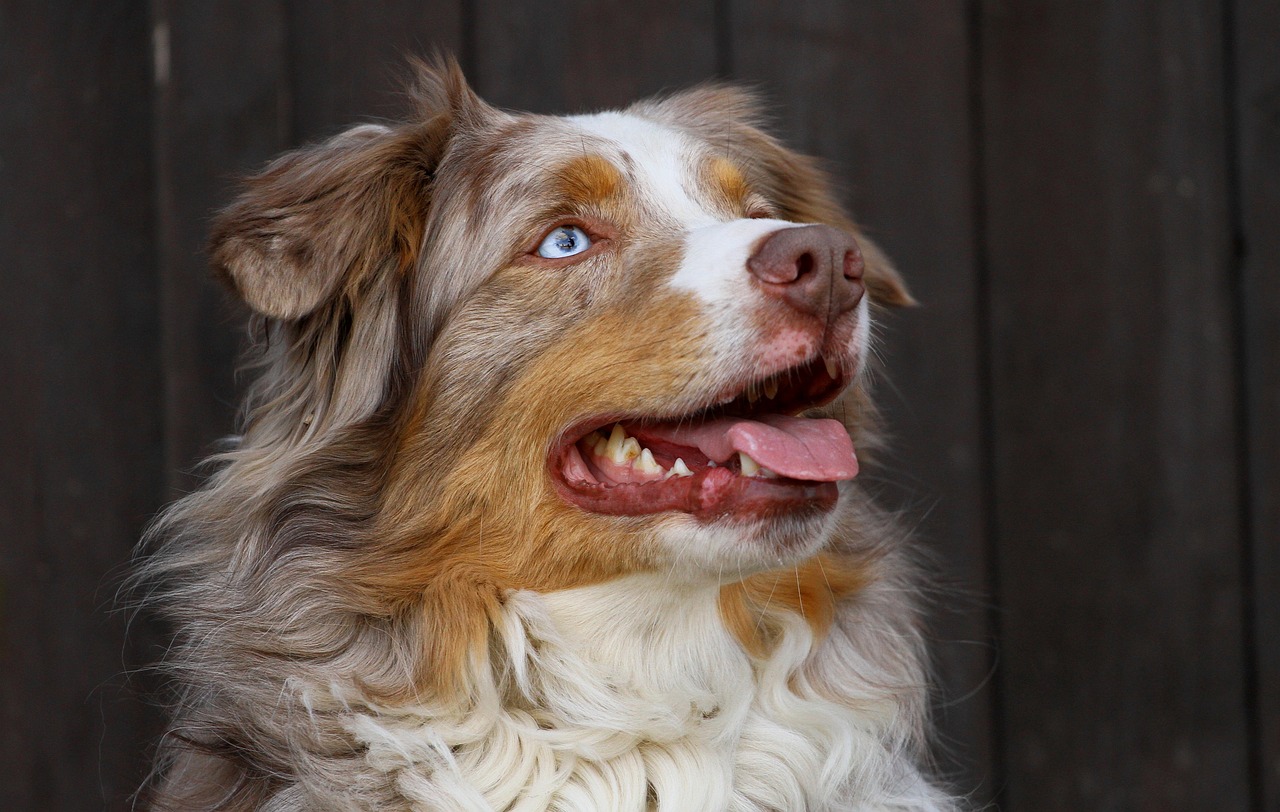Odin, also known as the one-eyed All-Father, holds a significant role as the god of war and death within Norse mythology. He claims half of the warriors who fall in battle, guiding their spirits to the majestic hall of Valhalla. Odin’s quest for omniscience led him to sacrifice his own eye, allowing him to perceive the entirety of existence.
He is the father of two prominent figures: Balder, born of his first wife Frigg, and Thor, the god of thunder, fathered with Jord. Accompanied by mystical creatures, Odin’s two ravens, Hugin and Munin, serve as his eyes and ears, soaring across the realms and bringing back knowledge from their travels. Additionally, he rides the extraordinary eight-legged horse Sleipnir, which traverses the various worlds effortlessly, while also being flanked by the loyal wolves, Geri and Freki.
Odin’s mastery of prophecy was bestowed upon him by Freyja, the goddess of love and war. Among his treasured possessions is Draupnir, a powerful gold ring that holds immense value for the gods.
The Path of Sacrifice
Seated on his grand throne, Hlidskjalf, alongside Frigg in Valhalla, Odin gazed across the vastness of the world, yearning for all-encompassing wisdom and insight into the concealed aspects of existence. This longing prompted him to undertake profound sacrifices.
He quenched his thirst for knowledge by offering his eye to Mimir’s well and experienced a symbolic ritual of self-sacrifice when he plunged himself onto his spear, Gungnir. To further augment his understanding, Odin hung from the sacred Yggdrasil tree for nine consecutive days and nights, seeking enlightenment about multiple realms and deciphering the ancient runes.
During this period of sacrifice, he experienced profound visions and accumulated hidden wisdom that empowered him with extraordinary abilities. This new esoteric knowledge enabled him to heal the ill, calm furious storms, redirect weapons back at their wielders, inspire love in women, and pacify fierce troll women, often with but a mere gaze.
Odin is also renowned for his ability to shapeshift, allowing him to change his physical form at will. He could enter a trance state, releasing his soul to assume the guise of other beings, whether human, animal, or even creatures of the water or earth. This capacity for transformation granted him access to distant realms and dimensions.
Although depicted as a charismatic and jovial figure who relishes the delights of mead and wine, Odin faced criticism for behaviors considered “unmanly.” His pursuits of prophetic insight, perceived by some as women’s work, led to disdain from traditionalists who could not reconcile his duality as a male seer.
Ultimately, Odin’s two ravens, Hugin and Munin, remain at his side, continuing their eternal journey of observation, gathering insights to share with their master.



